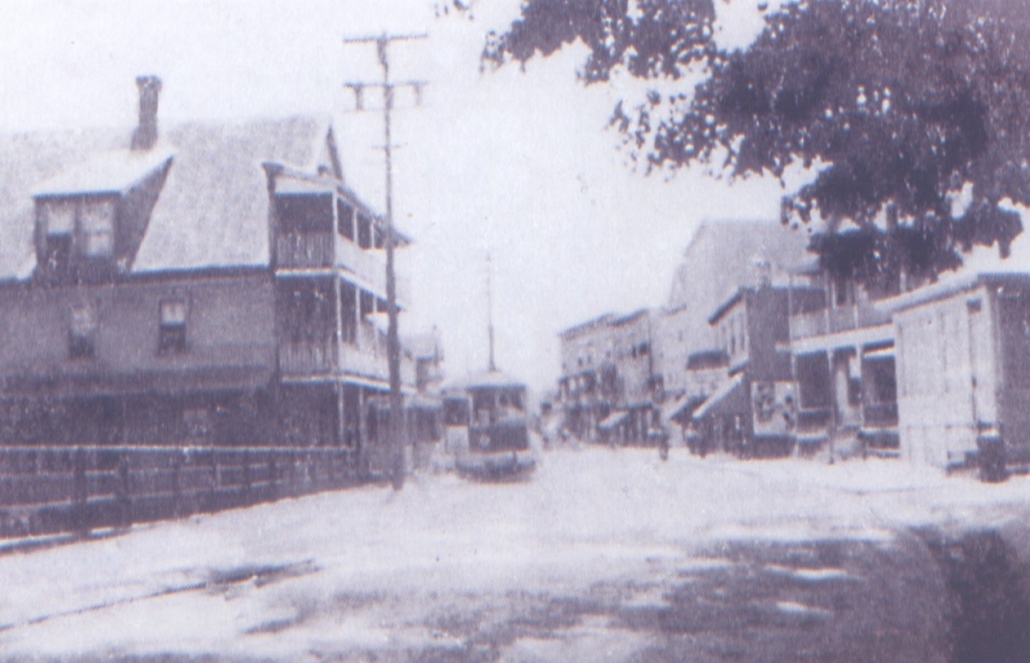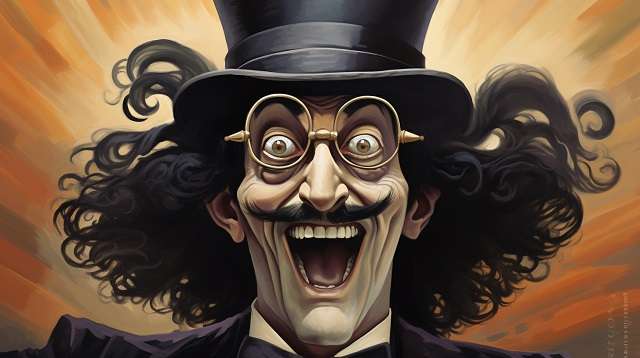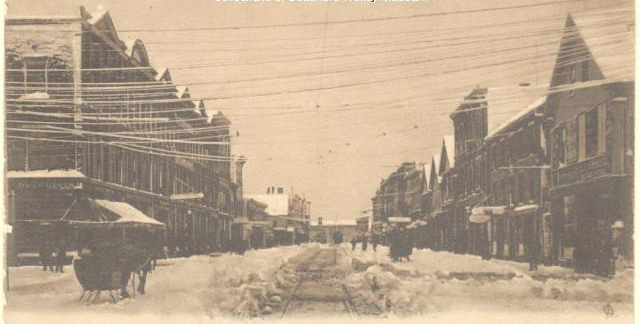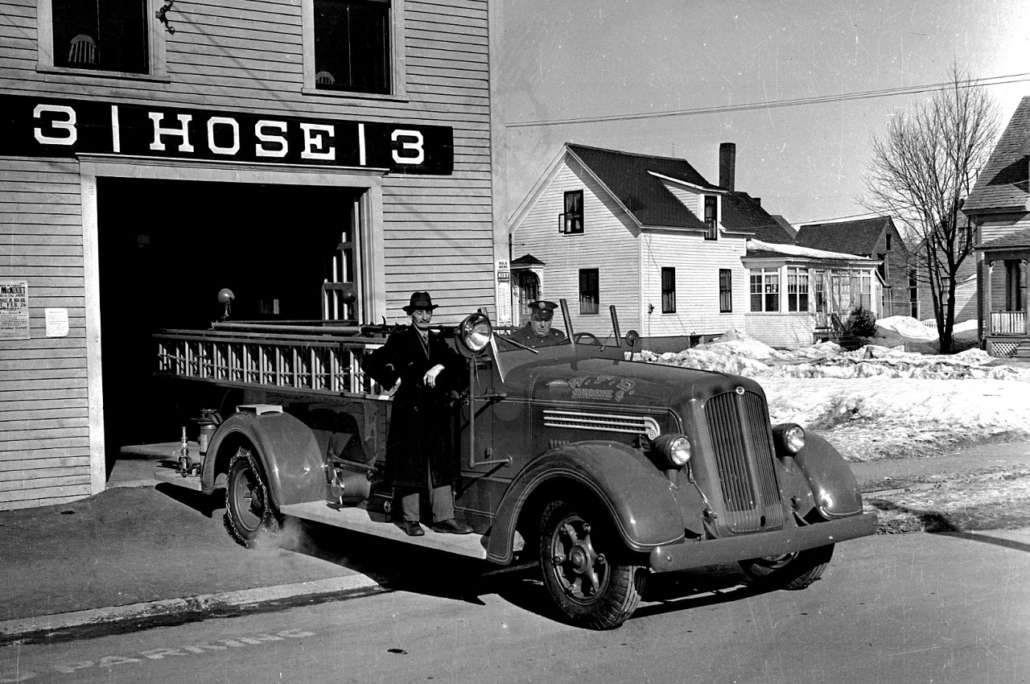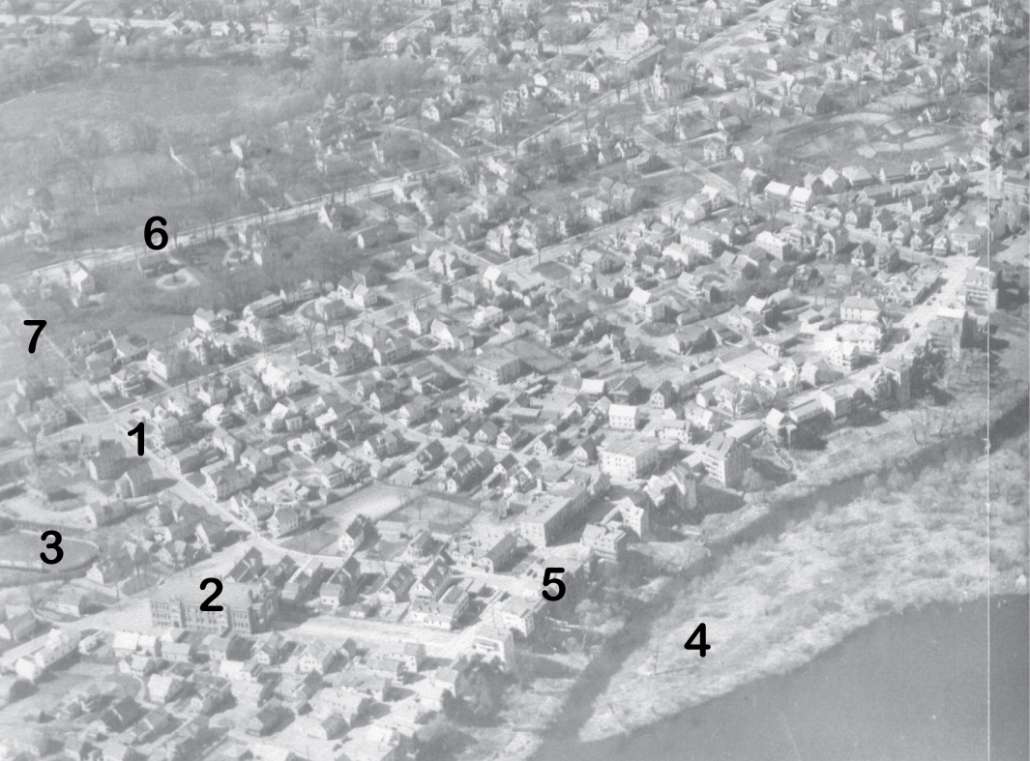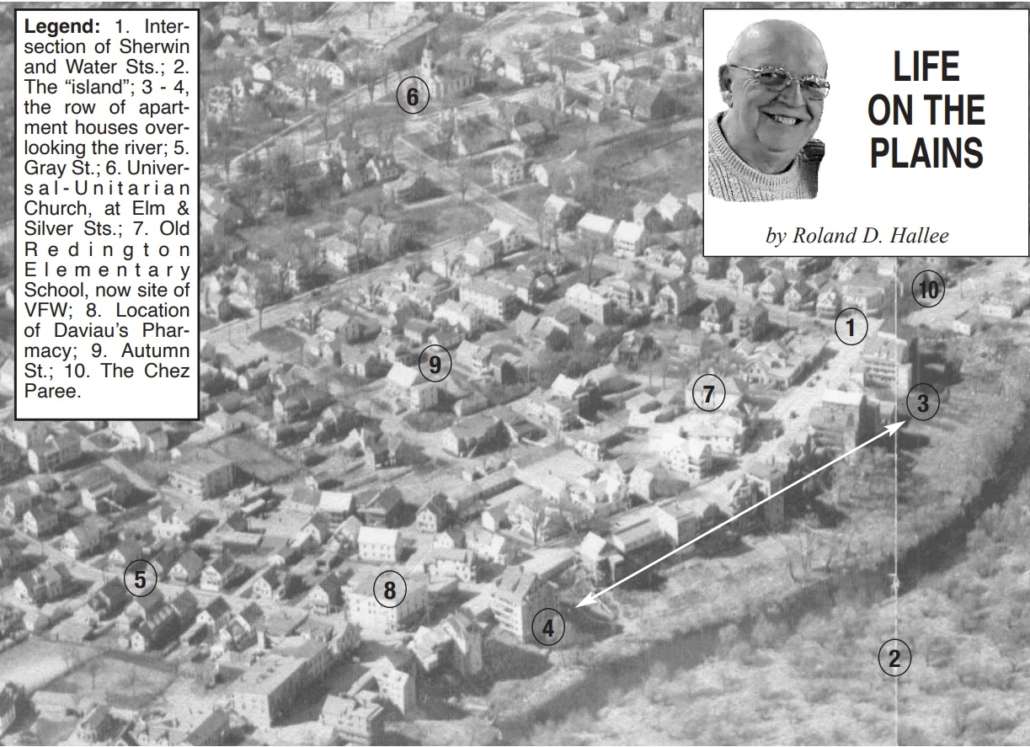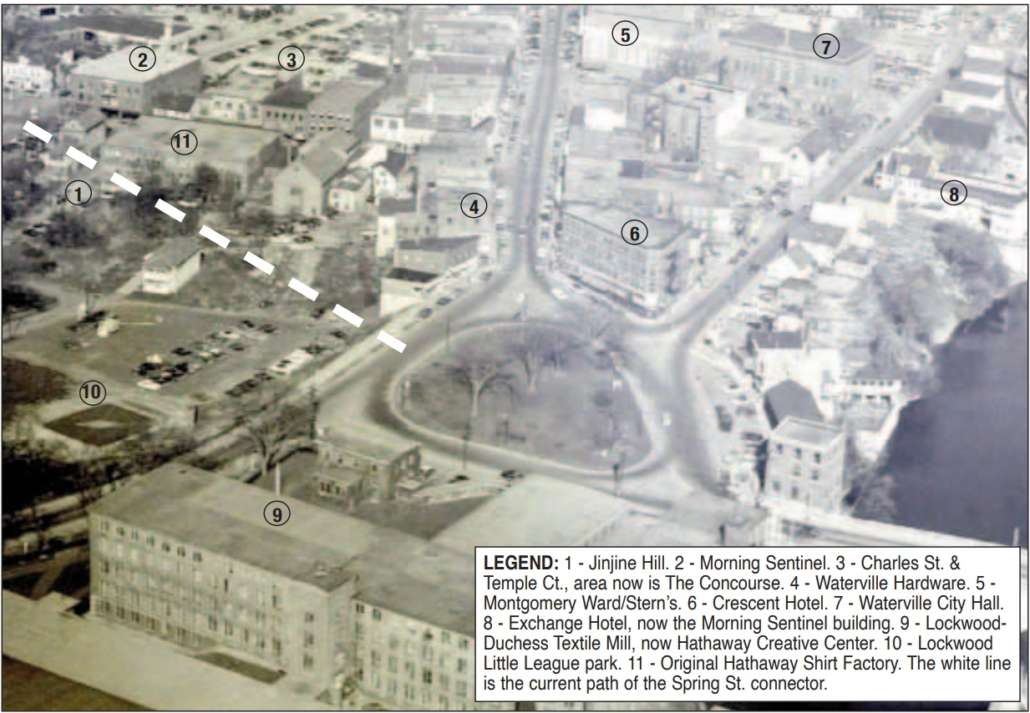LIFE ON THE PLAINS: The end of an era
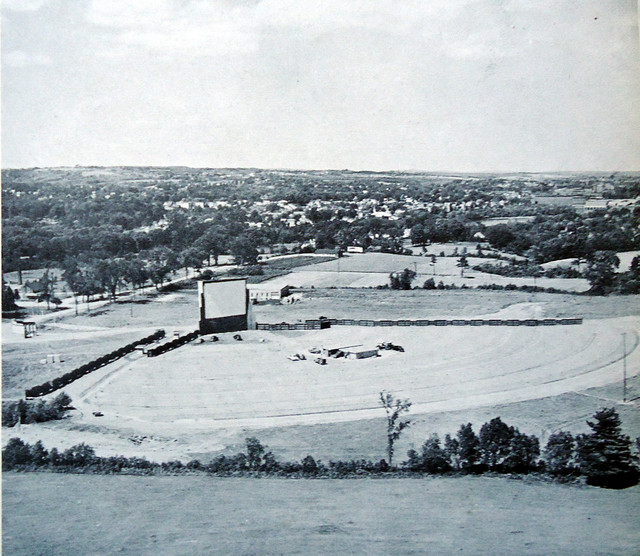
The Winslow Drive-In opened in 1949 and was operated by Lockwood & Gordon Enterprises. It was a basic drive-in, which had a capacity for 700 cars. It was located on the Winslow side of the river, next to Waterville. By 1955 it was operated by Daytz Theatre Enterprises Corp. It was still open in 1970. (contributed photo by Ken Roe)
 by Roland D. Hallee
by Roland D. Hallee
Hello, folks. I’m baaaaack! By popular demand.
Unfortunately, during our fast-paced lifetimes, we have seen the end of many eras. But the one that sticks out in my mind, which happened recently, was the disappearance of the drive-in theater. In recent years, the Winslow Drive-in, the Midway Drive-in, in Pittsfield, and more recently, the Skowhegan Drive-in, have all shuttered.
Growing up in the 1950s and ‘60s, I remember our parents giving us a ”treat” every now and then with an evening at the Winslow Drive-In, especially when there was going to be a “good movie”.
My mom, being the thrifty person she was, would pack some snacks and get us ready by making us wear our PJs. That would facilitate going to bed when we returned home.
Once in the car, we drove the short distance to the Winslow Drive-In, on the Augusta Road, just about where Goodreau’s Retirement Home is presently located. Once there, my dad would look over the parking area and select “just the right spot”. He would position the car so everyone had a good vantage point, remove the speaker from its stand, and secure it to the driver’s side window.
At the base of the large screen was a playground. Our parents would tell us to go ahead and go to the playground. But, hey, we were in our PJs. No way we were going to be seen in public like that.
My dad would then walk to the popcorn stand and bring back a few bags. We munched while waiting for the movie to begin. It would include the usual “commercial” about popcorn and soda at the center building where the cameras were located. Next came a couple of previews for upcoming shows, and that was followed by cartoons until the feature film was presented.
As the sun was setting, and dusk began to fall, impatient people would start flashing their head lights at the screen, and honk their horns. Like that was going to prompt the camera operator to begin the show before it was dark.
Once the feature film was started, us four boys would quickly lose interest and began rough housing, which prompted our dad to put an end to the uprising. As time passed, we all eventually fell to sleep.
But, during intermission, we were commanded to go to the bathroom. It was dark, so it was OK to go in our PJs. Once the movie was done, it was quite a process to get out of the parking lot. Each row of cars would have to wait for the previous row to exit, then it became your turn. Quite a process to see grid lock in Winslow around 11 p.m. on a Saturday night.
One thing though, you had to remember to disconnect the speaker from the car window. I know of a lot of cars that went home those nights minus that side window.
Another thing, I don’t know whose job it was, but cleaning up the lot after all the cars were gone was quite a chore, as soda cups, popcorn bags, and other various candy wrappers littered the area. It was really quite a mess.
Now, those days are gone, forever, thanks to Netflix, Prime, Peacock and other various networks available for your mobile devices. It’s not quite the same as in the good ol’ days. The drive-in experience is something the next generations will not know.


